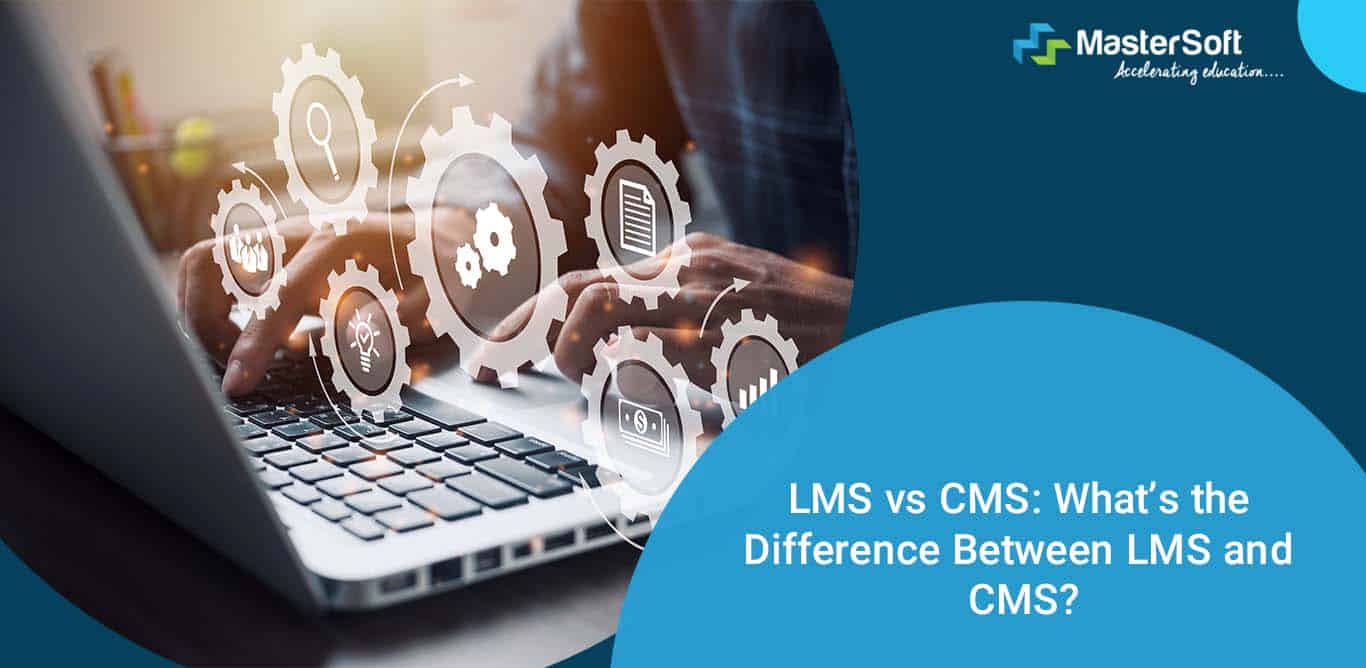CMS (Content Management System) has now become an essential part of building a website.
Sites equipped with a CMS automatically generate web pages that are compatible with multiple devices such as computers and smartphones, and can be easily updated even by people without web expertise. There are two types of CMS: static CMS and dynamic CMS, and you can choose the one that best suits your website’s characteristics and management structure.

In this article, we will explain the differences between static CMS and dynamic CMS, and introduce the points to consider when choosing a CMS.
What is CMS?
CMS is an acronym for “Contents Management System” and is a system that centrally manages the various contents that make up a website.
On websites that have a CMS installed, text, images, etc. are stored in a DB (database), and the CMS automatically generates web pages by combining this data as necessary. The website design is automatically unified using templates, so you can maintain a uniform image of the site.
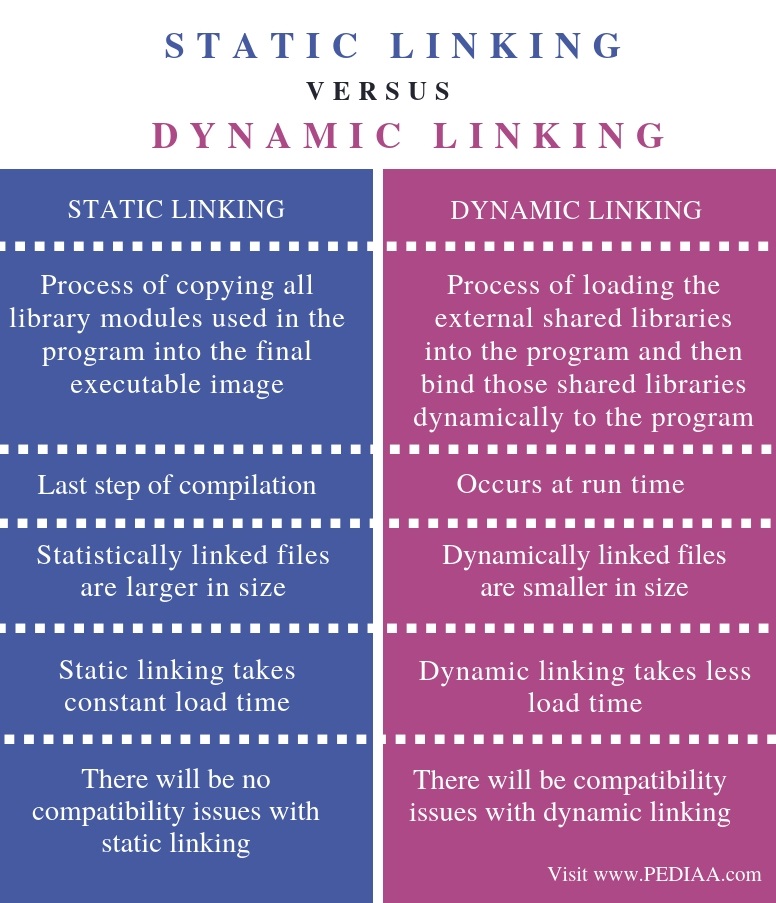
The advantages of introducing a CMS in website construction are as follows.
1. You can update your website without any specialized knowledge
For websites that do not have a CMS installed, updating the site requires specialized knowledge of markup and programming languages. However, with a CMS, you can simply edit the text on the interface and it will be reflected on the web page, so you can easily use it without any specialized knowledge.
2. You can run a website compatible with smartphones.
The CMS is multi-device compatible, and smartphone-friendly web pages are automatically generated for users viewing from a smartphone.
3. Site update authority can be granted to multiple people
<br/> By granting site update authority to each web page, the departments in charge can freely update web pages at their own timing.
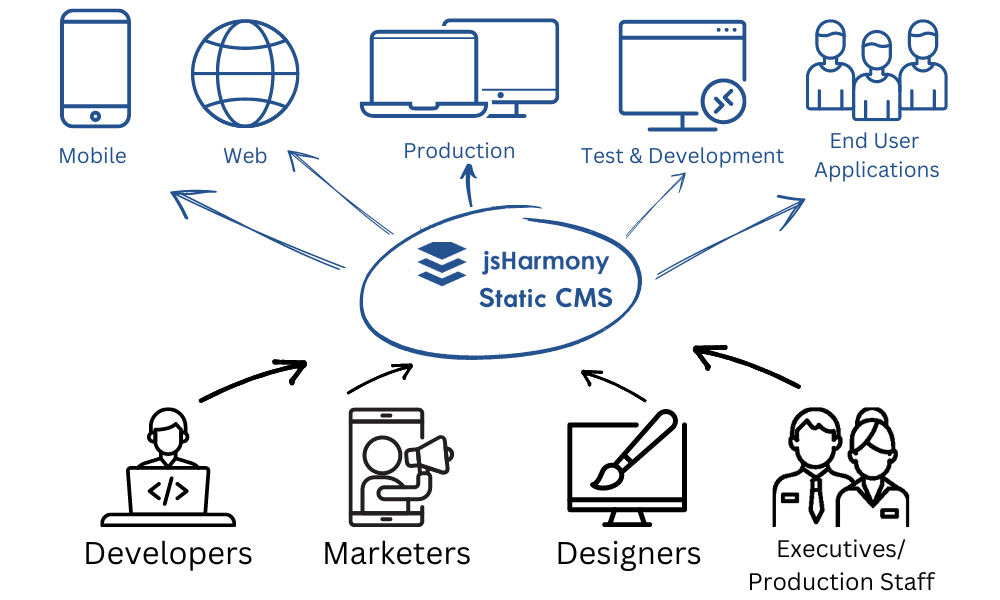
Difference between static CMS and dynamic CMS
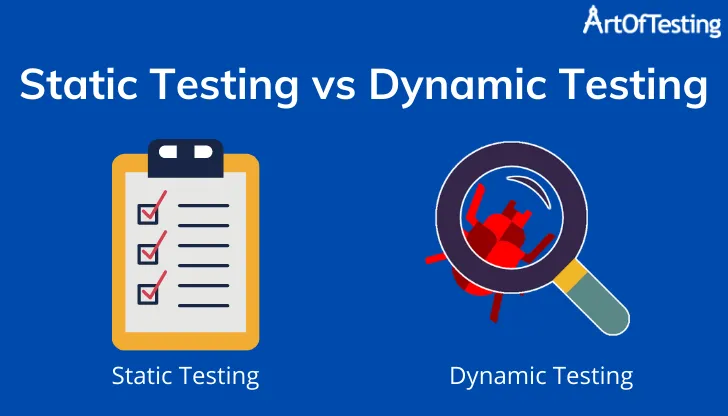
CMS is divided into two types, “static CMS” and “dynamic CMS”, depending on the content generation method. Here, we will introduce the characteristics and differences of each.
Additionally, the CMS server and web server are separated, which has the advantage of making it easier to ensure security. Suitable for websites of companies and organizations that are updated infrequently, and websites of government agencies that place emphasis on security.
Because it can display the latest information in real time and allow each user to switch between viewing pages, it is suitable for search sites for properties, job openings, etc., and membership sites with a My Page function.
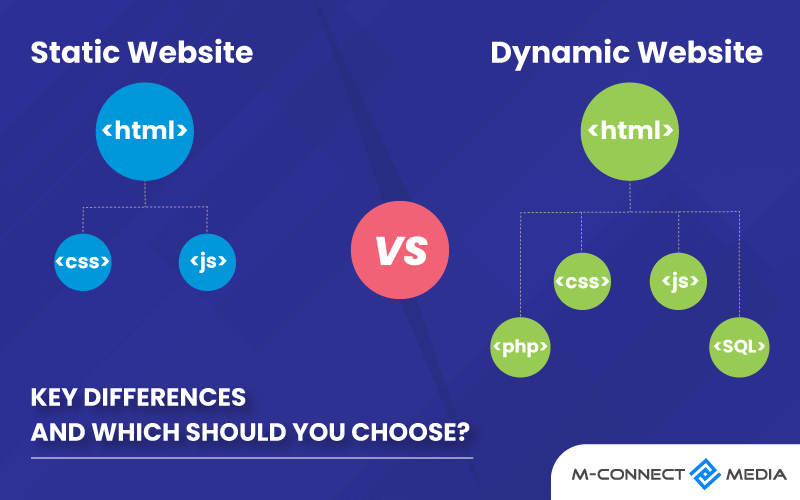
Points for selecting CMS

When building a website that incorporates a CMS, it is important to choose a CMS that matches the content, scale, and management structure of the website from among the various types. Creating and operating a website is costly, so carefully consider what kind of CMS is suitable for you.
The points to consider when choosing the most suitable CMS are as follows.
Also, you need to choose a CMS that matches the scale of your website, such as the number of pages and number of accesses. This is because depending on the specifications of the CMS, it may not be able to withstand the scale of the website and performance may deteriorate.

summary
◆CMS is a system that centrally manages the various contents that make up a website.
◆CMS is divided into two types, “static CMS” and “dynamic CMS,” depending on the content generation method.

◆Static CMS has the advantage of fast display speed and ease of ensuring security, while dynamic CMS has the advantage of updating the latest information and allowing users to switch between viewing pages.

◆The points to consider when selecting a CMS are as follows. ・Does it match the content and scale of the website? ・Are there any concerns about security?


